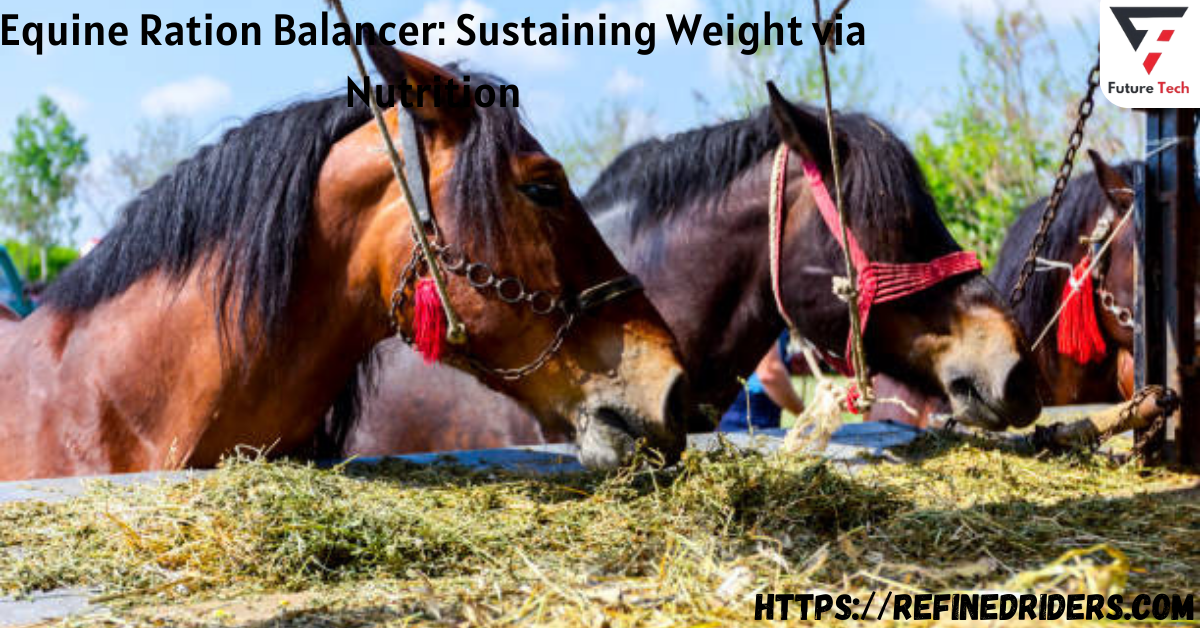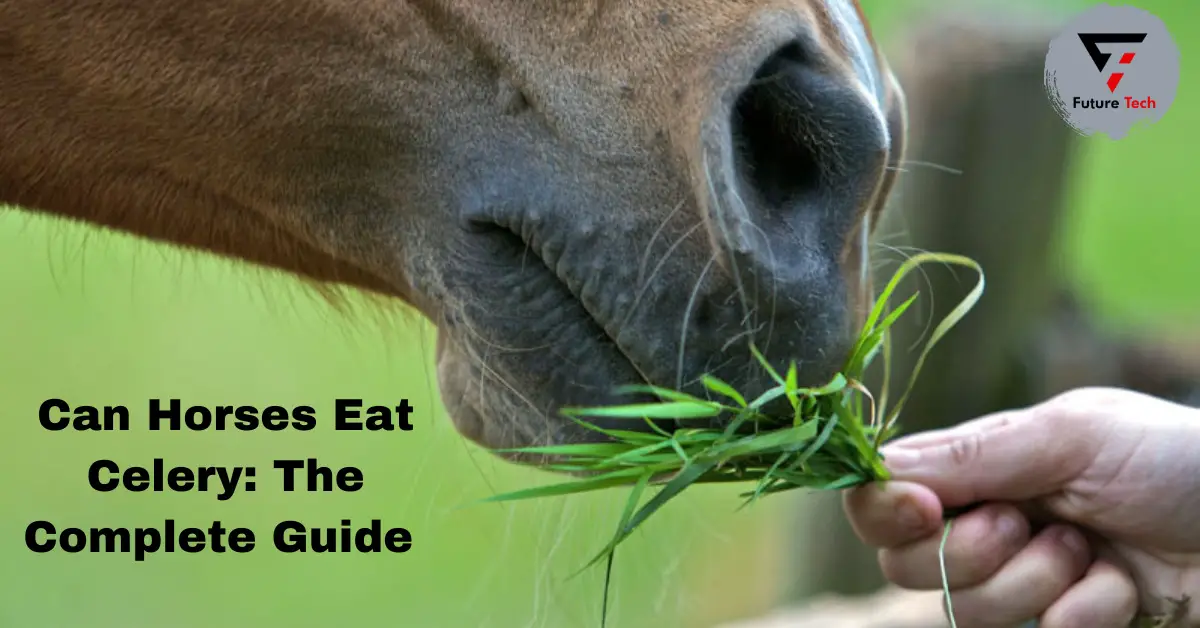Ration balancers, often called forage/hay balancers, provide your horse with a concentrated supply of protein, vitamins, and minerals. They are a favorite among horse caregivers with easy keepers because of their low feed rate and low-calorie content. In one to two pounds per day, a standard ration balancer will provide the same amount of nutrients as five to six pounds of grain per day. Let’s examine ration balancers for horses in more detail. These valuable items help your horse’s diet fill in the gaps when typical concentrates add too much and grass and hay alone are insufficient.
Ration balancers aim to supply a horse’s diet with vital nutrients, including vitamins, minerals, and amino acids, and occasionally, they include additional components like omega-3 fatty acids, all without introducing excess calories. They are meant to be fed in small quantities. These products help horses with varying pasture and hay quality and those that need a well-balanced diet but don’t need extra energy, such as maintenance or light-duty horses.
The significance of feeding horses a well-balanced diet
Providing a stable full of horses with the proper diet may be a delicate balancing act. There are the easygoing weekend warriors and the competitors who practice hard. And that skinny gelding eats enormous food but never gains weight. And no matter how delicate her servings are, there is always a pony “of a certain age” at every farm at some time, which seems to keep growing bigger.
Horses have a digestive system that operates most efficiently when primarily consuming hay and pasture grasses. But more is needed for a lot of horses. Individuals sometimes require more energy in calories, either for immediate fuel or storage as fat, than they can obtain solely from forages to maintain a healthy weight. Others, including developing children and dedicated athletes, may need more protein to support the growth and maintenance of muscle.
Additionally, horses’ vitamins and minerals may not be in hay or grasses. Equine nutritionist Brian Nielsen, Ph.D., of Michigan State University, said, “We have analyzed a lot of hay here at Michigan State for various research projects over the years, and just a handful of examples we’ve looked at would have met the requirements for every nutrient.” You would only be aware of it if you examined the hay, but there needs to be more copper or other nutrients frequently.
You can address these deficiencies by supplementing a horse’s nutrition with concentrated feed, forage, or a combination. Each product has advantages and disadvantages, which may apply to specific horses based on their circumstances. One such full option is a ration balancer, which has been available for approximately 15 years. Ration balancers are formulated to provide adult horses with the necessary protein, vitamins, and minerals while decreasing calorie intake.
A Dense supply of nutrients
The most notable feature of ration balancers is their high protein content. The modest feed rate justifies this high level. For instance, giving your horse 2 pounds of a 30% protein ration balancer gives them 260 grams of protein. If you fed 5 pounds of 12% protein grain, you would receive the same quantity of protein. This applies to the mineral content as well. A ration balancer might include up to 290ppm of copper, more than five times the amount found in a regular grain, which could only have 55ppm.
Are they required?
Choosing balancers in pelleted form offers greater convenience than powdered mineral supplements for feeding. But even with their ease of use and high nutritional content, the question remains: Are these nutrient-dense, potent pellets necessary? “My horse is an easy keeper; he needs no grain,” is a typical saying. This is only partly accurate; easy keepers don’t need the additional calories found in grains. They do, however, need the vitamins and minerals. Hay is the staple food for horses, although it may be deficient in several essential elements.
Generally speaking, hay is low in iodine, selenium, copper, zinc, and sodium (in certain places). Subclinical symptoms like poor hoof quality, dull fading coat, weakened immune system, and exercise intolerance are just a few examples of subclinical symptoms that may arise from long-term nutritional inadequacies. Furthermore, too much iron in hay can block the absorption of other trace minerals, such as zinc and copper, necessitating greater dosages. The typical grass hay has double the amount of iron than the daily needs, the National Research Council (NRC) advised.
The necessity to balance specific rations
How can you locate ration balancers amid the other 50-pound bags of horse feed now that you know their advantages? Unfortunately, not every ration balancer will have the handy designation of “ration balancer” attached to it. Look at the guaranteed analysis and feeding instructions on the back of the package. For a horse weighing 1,000 pounds on average, the feed rate should be 1 to 2 pounds daily, with a high protein content of around 30%.
Ration balancers are often more expensive than the typical grain bag. This is because you will get more usage out of the bag. Comparing prices based on the cost per serving is usually the best option. This holds for vitamins as well.
Ration balancers are best suited for:
For easy keepers, please provide them with grass or hay alone to provide a balanced diet.
Young, Growing Horses: Provide the concentrated nourishment needed to encourage growth and development, but cut down on calories if the young horse is growing too quickly or is becoming too fat.
While they may not need the additional calories from giving several pounds of other feed items daily, stallions, light- to moderate-work horses, and mares in the early stages of pregnancy should get more concentrated protein, vitamin, and mineral supplements.
Feeding Instructions
The ration balancer will help you give your horse the correct quantity of food at each meal. Weight, not volume, should be used for calculating feed amounts. You can easily measure horse feed using a kitchen scale. If you have one sitting around, you could use a measuring scoop or any knowledge and write in the fill line with a permanent marker. Follow the directions and measure the food according to how often you want to feed the animal daily. Mark your scoop for one pound if the required dosage is two pounds and you are to feed twice daily. Then, divide that number in half for each of the two meals, giving you a daily weight gain of two pounds. Once daily feedings need the complete quantity to be measured out and measured using a scale.
Over a week, gently introduce the ration balancer to your horse. To reach the suggested dose, gradually increase from a handful. His microbes will be able to adjust to the new environment this way. Colic and other gastrointestinal distress may come from abruptly switching diets, which may upset the microbiome.
You may supplement your horse’s diet with ration balancers to compensate for the nutrients that forage often lacks. They will reduce your feed costs while still providing the necessary nutrients.
Ration balancing as a tool for horse weight control.
Horses may quickly gain too much weight when given the option to graze whenever they want. Here are four suggestions to keep your horses at a healthy weight.
- The quantity of hay supplied should be between 1.5 and 2% of their body weight, and the time spent grazing should be limited to a few hours each day.
- Be aware of any signs of dietary deficits. When feed is designed to be delivered at more excellent feeding rates, reducing the quantity supplied might lead to nutritional inadequacies.
- To maintain optimum nutrition at a reduced feeding rate, use a ration balancer like Enrich Plus®, Enrich Plus® Senior, or Omega Match® Ration Balancing Feed.
The significance of feeding horses a healthy, well-rounded diet
A balanced diet for horses is paramount for their overall health and well-being. A well-structured diet ensures horses receive the essential nutrients, including proteins, carbohydrates, fats, vitamins, and minerals. This equilibrium is vital for their growth, muscle development, energy levels, and digestive health. A balanced diet also helps maintain an ideal body condition, preventing issues related to underweight or overweight horses. It is pivotal in supporting their performance, preventing nutritional deficiencies, and managing specific health conditions. Ultimately, a balanced diet contributes to horses’ longevity and quality of life, ensuring they lead healthy, active, and fulfilling lives.
Consultation with specialists for specific guidance
Consulting with specialists for tailored advice and assistance on horse ration balancers is critical for maintaining your horses’ optimum health and nutrition. Equine nutritionists and veterinarians can examine your horse’s nutritional requirements while considering age, exercise level, breed, and any underlying health concerns. They may advise on optimal feeding procedures, including the amount and frequency, and prescribe the best ration balancer to treat nutritional deficits. This tailored strategy maximizes the advantages of ration balancers while assuring your horses’ general well-being and performance.




